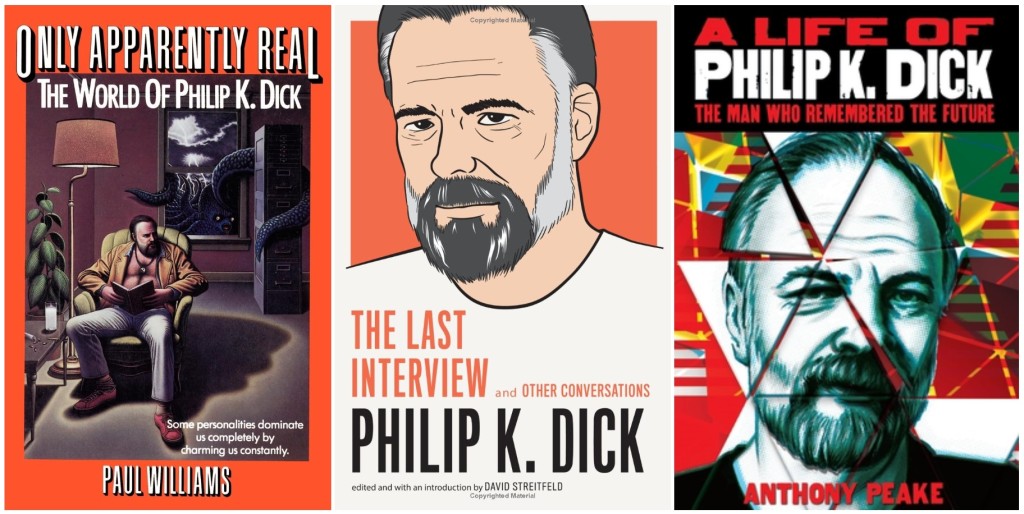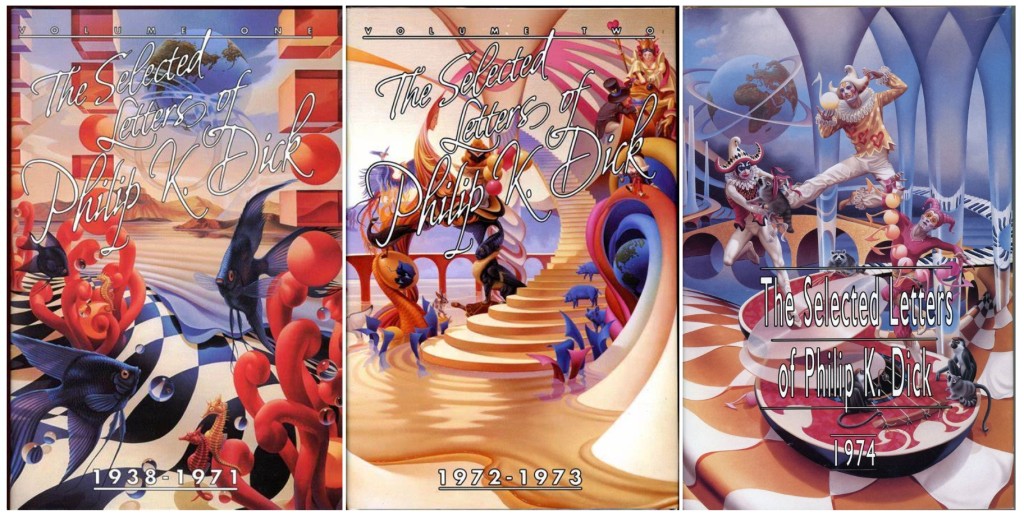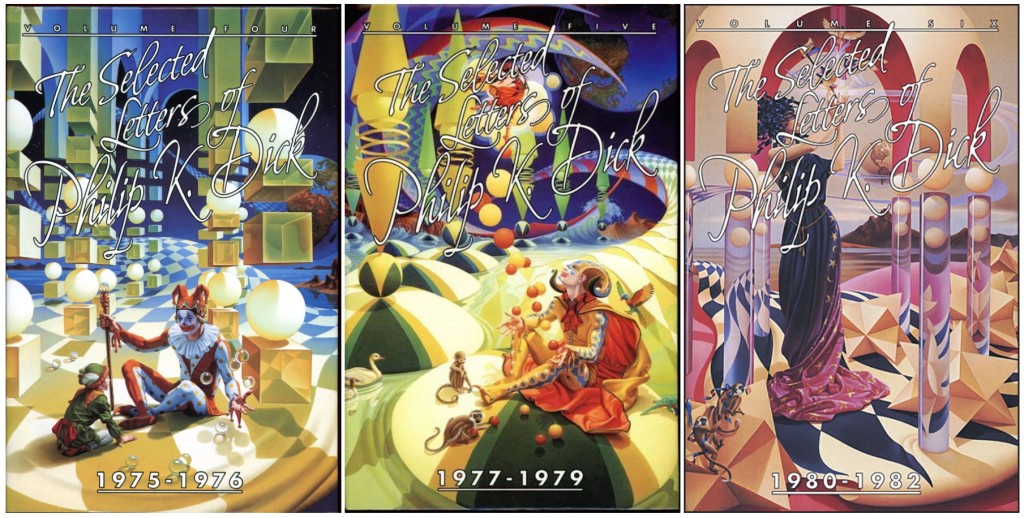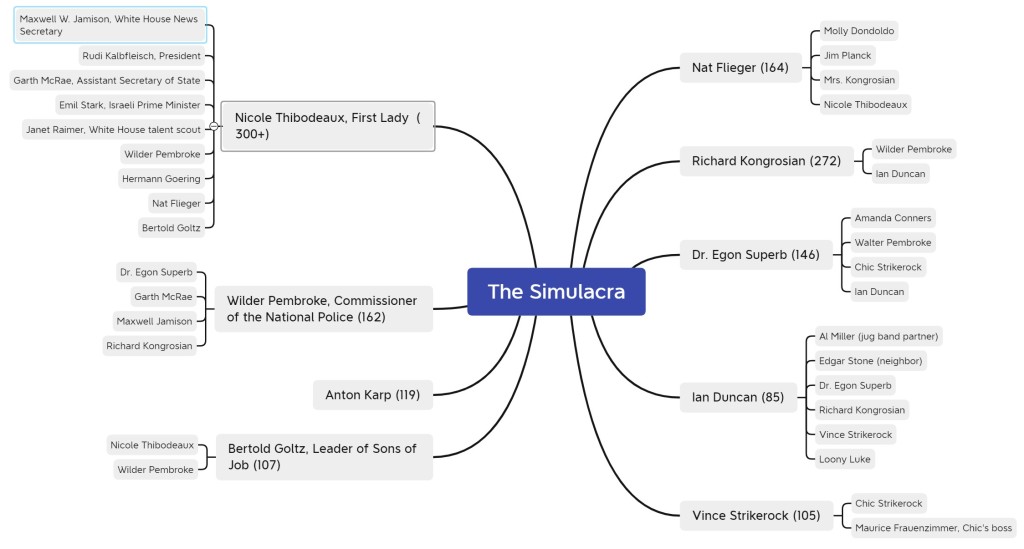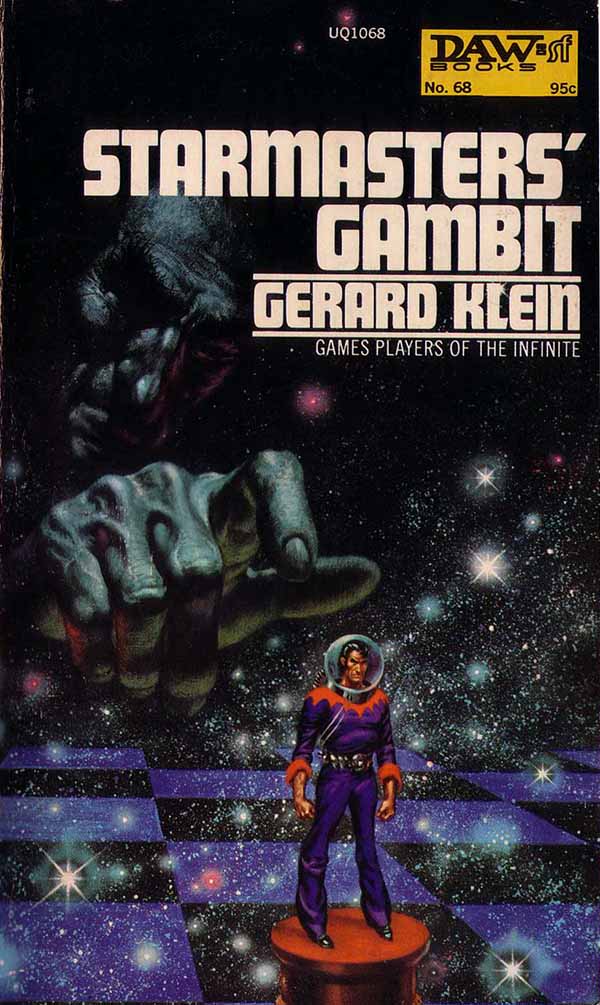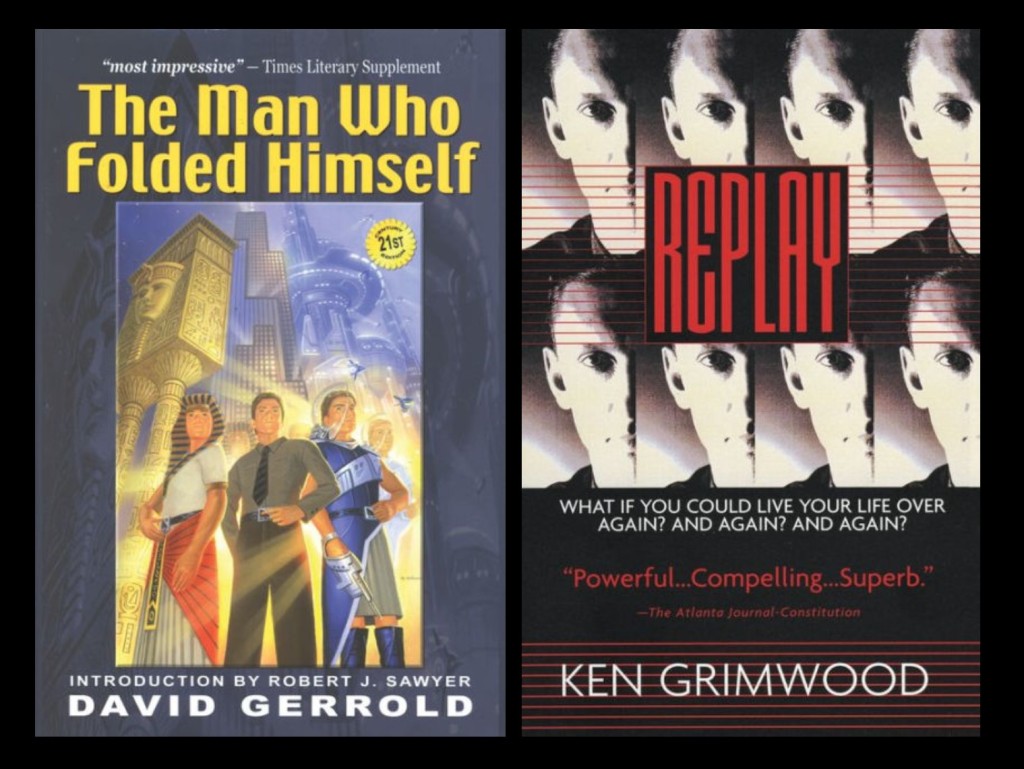
Only the most ardent fans of Philip K. Dick will want to read Gather Yourselves Together, the ones who want to read everything he wrote. I say that not because the novel is bad, but because I can’t imagine it offering much to any reader who isn’t an ardent fan of Philip K. Dick. I rather enjoyed the story, but then I’m the kind of Philip K. Dick fan who wants to read everything he wrote. Gather Yourselves Together is about sex, but not in a graphic way. It’s about a young man’s first sexual encounter with a woman who was bitter and traumatized by her own first sexual experience.
The character Carl Fitter is obviously a stand-in for the author because Carl shares many personality traits with Dick. Scholars disagree over when Gather Yourselves Together was written. Wikipedia says 1948-1950, but some of his biographers extend the date to 1952. Dick could have been revising it for years, while he was submitting it for publication, because the novel seems more polished than a first effort. Gather Yourselves Together is probably Dick’s first completed novel. I’m guessing most of the first draft was written just before, during, or just after Dick’s first marriage because of the novel’s subject matter.
Dick got married to Jeanette Marlin in 1948 when he was nineteen years old. The marriage only lasted from May 14th to November 30th. Dick appears to have gotten lucky with Marlin even before they were married. Dick married Kleo Apostolides in 1950, and it lasted nine years. Gather Yourselves Together feels like the author wrote it before he got married, or at least conceived the novel before the experience of marriage. Dick’s next novel, Voices from the Street is about being married.
After high school, Dick moved into a warehouse converted into apartments, and most of the other tenants living there were gay. Dick’s mother accused him of being gay, and he also worried about being homosexual. Many of his friends were gay, but they didn’t think Dick was. Dick worked at a record store, Art Music, and one of his fellow clerks got him laid with Marlin, presumably to help Dick with his sexual identity crisis. I recommend reading To the High Castle Philip K. Dick: A Life 1928-1962 by Gregg Rickman. Part Three, chapters 16-22 cover 1945-1950 in much detail, far more than I’ve seen in other biographies. Unfortunately, this book is out of print and the cheapest copy I can find is $75. It’s generally over a hundred, with a few copies going for several hundred. It should be reprinted.
In Gather Yourselves Together, Carl Fitter, about the same age as Dick, with some similar physical and emotional characteristics, meets Barbara Mahler, a slightly older woman of twenty-five, which was true of Marlin. Carl Fitter is afraid of having sex and Barbara Mahler has been psychological damaged by her first experience and is also afraid of getting involved with Carl. Why was Carl so afraid of being seduced by Barbara? He told her because he was afraid of embarrassing himself by not knowing how, but could it be Carl also worried about being homosexual? I don’t think Dick could have put that in a novel in the late 1940s.
The setting and setup for Gather Yourselves Together is both neat and naive. Three people in 1949 are left as caretakers of an American mining operation in China, tasked with handing over the plant to communists after the revolution. Two of those people are Carl and Barbara, the third is Verne Tildon, a guy on the downside of thirty, who had seduced Barbara as a virgin five years earlier by getting her drunk.
It’s obvious that Dick knew little about China, and nothing in the novel suggests a setting of China. A more mature writer would have at least spiced up the story with details specific to China, its culture and geography. It’s a shame that Dick didn’t use his own locale of 1940s Berkley and San Francisco and had the three characters work at a music store like Art Music. Dick knew about the gay, art, music, and bohemian scenes during that time. If he had used his real life for the novel, I bet he would have sold Gather Yourselves Together.
I believe Dick chose the China location for two reasons. Dick’s reading experience was mostly from science fiction, and China was as exotic as outer space. And Dick’s description of China was no more realistic than any of his outer space settings in his science fiction novels. Plus, Rickman mentions that back in the late 1940s, Dick toyed with the idea of moving to Australia. He wanted to get far away from his life after a suicide attempt.
During the novel Barbara wants to convince Verne how much he damaged her, but Verne only wants to seduce her again. Carl, who is a happy puppy dog of a big blond guy, only wants to read his philosophical writings to Barbara.
Gather Yourselves Together reminds me of Catcher in the Rye by J. D. Salinger because of its late forties’ vibes, where everyone is psychologically disturbed, and sex is a major theme without being explicit because of censorship. It also reminds me of early Kerouac, mainly because of its 1940s intellectual topics. Dick was Carl’s age when he wrote this book, just before his first marriage, and maybe just after his co-worker got him laid. I must assume, much of the fiction in Gather Yourselves Together was inspired by Dick’s personal life. It even touches on the Dark-Haired Girls theme that haunted Dick his whole life, and his obsession with classical music, opera, and philosophy. Carl’s Thesis reminds me of Dick’s Exegesis. Carl also talks about his teenage interests and hobbies, as well as his hatred for his mother. Since Dick hated his mother, I assume the hobbies discussed might have been Dick’s too.
Here is the publication history for Gather Yourselves Together at philipdick.com, and its entry at Wikipedia. There’s not much written about this novel. I thought the audiobook was well narrated.
I’m looking forward to rereading Voices from the Street soon. The first time I read it, I knew less of Dick’s biography. But rereading it after reading Rickman’s biography should make it much more interesting.
James Wallace Harris, 2/14/24



